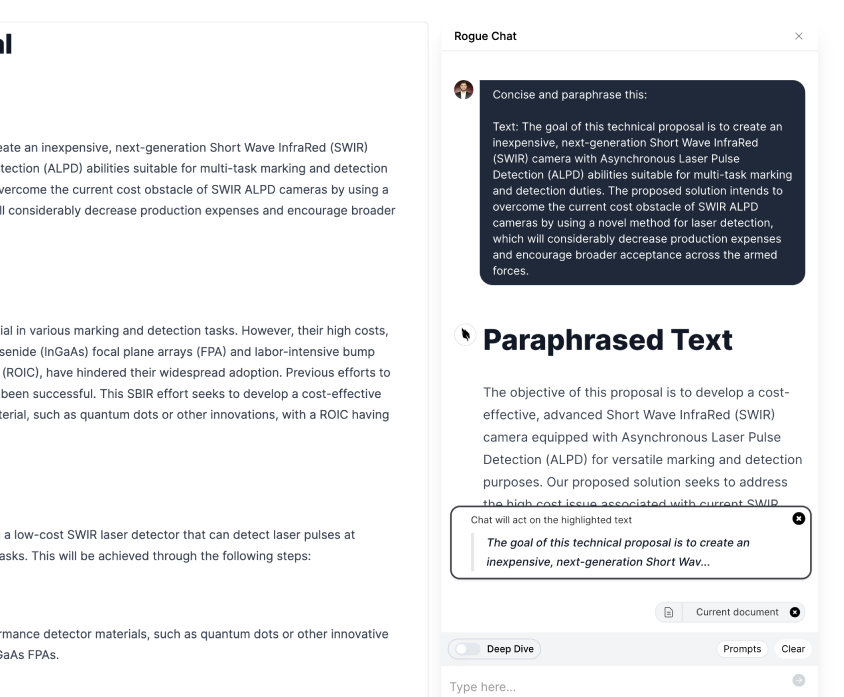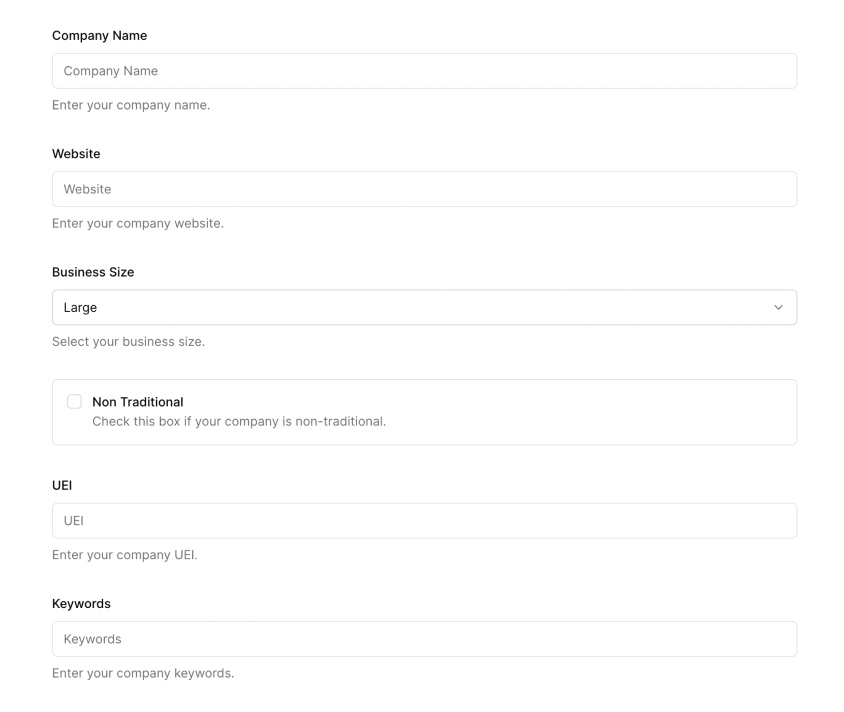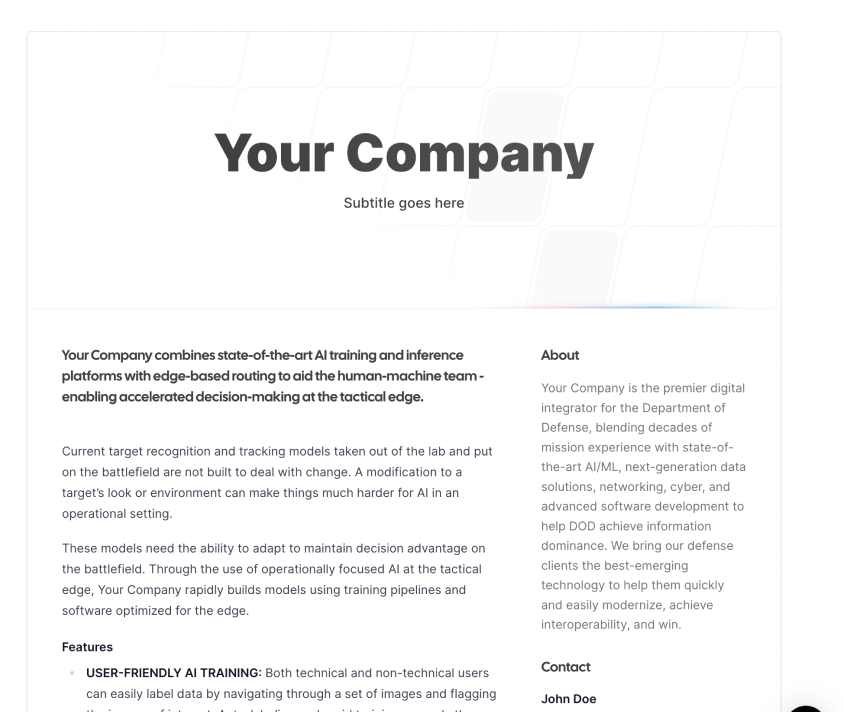
Good, Fast, AND Cheap - AI Effects on GovCon
As AI permeates the GovCon industry, things are going to get better, faster, and less expensive
Table of contents
Once Upon a Time
Long ago in a sew shop on Yadkin Road, a main throughfare leading into then Fort Bragg, NC, a young Special Forces candidate needed patches sewn on his Uniform. On the wall next to the cash register was a small framed piece of needlepoint, about twelve by twelve inches square that said "GOOD, FAST, CHEAP: PICK TWO". This succinct posting of policy and logical fact communicated all that needed to be said.
A few years later, the same on a quest for understanding of the DoD acquisition process, he encountered EVM101: "Fundamentals of Earned Value Management", which communicated the same fundamental truths, but with graphs. The Iron Law of acquisition is that you can typically optimize for two of the parameters at the cost of the third. In the case of some programs you only get one (looking at you F-35), or even none of them *cough cough* JTTRS *cough cough*.
As contractors, it is often our job to communicate this reality to our government customers; you want something good ands you want it now? It is going to cost an arm and a leg. You want something fast and inexpensive - or competed on an LPTA basis - expect it the emulate the "made by the lowest bidder" cliche. In most cases the economic realities dictate that two of these feature: good, fast, or cheap are the most you can ask for.
But there are times when you get all three, major step-changes in productivity that make goods and services better, faster, AND cheaper at the same time. They are few, very far between, and oddly come with an strong current of technophobia.
Historical Precedents
Throughout history, we've witnessed technological breakthroughs revolutionizing industries and altering the productivity landscape. The printing press democratized knowledge, steam power ignited the industrial revolution, the combustion engine mobilized industries, electrical power enabled broader working hours and additional mechnization, the desktop computer digitized operations, and globalization facilitated international trade.
Each of these technical advancements and the industrial revolutions they enabled brought net benefit to the adopters. Gross domestic product goes up, wages go up, standards of living go up. However, with each leap forward came significant technophobia, primarily due to fear of labor force disruption and job displacement "what will all the loomers do when steam power takes over". Despite this fear, it's during these step-changes that products, services, and the human condition becomes better, faster, and cheaper all at once.

Imagine the time, cost and quality of a hand-made blanket vs. a machine made version, or calculating your finances by hand vs. with a spreadsheet. The introduction and widespread adoption of these new technologies made more, higher quality goods and services available to more people at a lower price.
We are seeing the same technophobic reaction today, and now it's not just low-skilled workers in fear of losing their jobs as it has been in each previous industrial revolution, white-collar jobs are actually at MORE risk of disruption by AI. AI can't fix your sink (yet), but it does a decent job at writing a technical report, policy memo, monthly status report, and Government Contract Proposal. Disruption to "knowledge workers" rather than manual laborer caught the educated class off guard, and it shows in the multitude of erudite and articulate opinions pieces in favor of strong regulations on AI.
Bottom line: you can rage against the machine like the loomers, or you can learn how to use the machines.
AI's Impact on Earned Value Management
AI's origin dates back several decades, but the hardware compute capabilities on recently caught up with the theory and the software. With the emergence of the Graphics Processing Unit (GPU) as an ideal tool for AI, and private investment capital poured in to AI companies. Tools like ChatGPT and Google Bard subsequently leapt from research labs into our living rooms. AI is not just a fancy buzzword; it's transforming various industries in ways relevant to government entities and the Department of Defense. Just like the past technological breakthroughs, AI is now acting as a catalyst for a step-change in productivity scale.
So what does that mean for government acquisition professionals and the companies who supply them?
- Government and Industry should be looking at every product, service, AND internal process to see where AI can make things better, faster, AND cheaper. Not just one or two, look for opportunities to capture all three benefits at once.
- Industry's new AI-enabled value proposition should be "we implemented AI for X, and as a result Y is better, faster, and cheaper in these ways. Don't just ask for AI, or offer AI as part of your offering, articulate the value proposition is clear terms.
- For your current product and service deliveries, AI is set to redefine the parameters of good, fast, and cheap within EVM. Government personnel should start shifting their expectations accordingly. Rather than just asking how industry will implement AI, they should also question how AI will make their products and services better, faster AND cheaper than current standards.
- If the government wants the benefits, they need to accept a little up-front risk. You can't ask for AI on one hand and then make it excruciatingly painful to implement or employ; which means cloud and on-prem security policies, system integration policies. If you want to hook up AI let industry hook it up.
- Government needs more training and education. You can't ask for the new way why demanding to stick to the old way, which means your processes will likely need to change a bit, your personnel will need to learn to let the AI do the work
- Industry needs to be honest. The amount of hyperbolic product marketing these days is staggering. So many proprietary platforms that do some combination of ingesting documents and data and enabling users to operationalize said data are basically wrappers around open source projects. It's ok industry, you can be honest that you're plugging OS Lego blocks together, you're charging for implementation, and that's fine.
A Fait Accompli
We're at a crossroads where the government and industry have two options: accept the arrival of AI and adjust accordingly or risk being left behind. Industry players need to adopt a step-change mindset; otherwise, they risk losing contracts to those who do. The advent of AI makes this shift not just possible, but imperative.
For those unsure of how to implement AI, there are numerous experts and resources available to guide you through the process.
Sign up for Rogue today!
Get started with Rogue and experience the best proposal writing tool in the industry.



